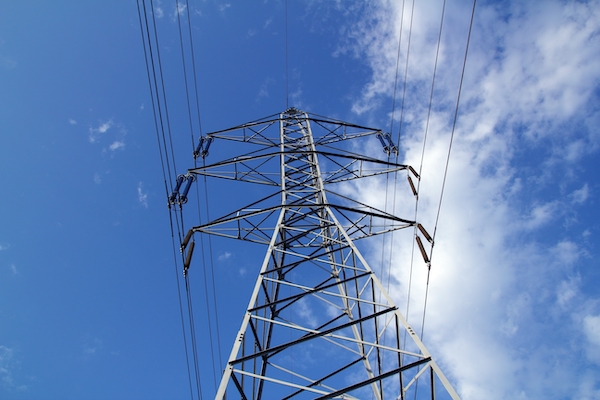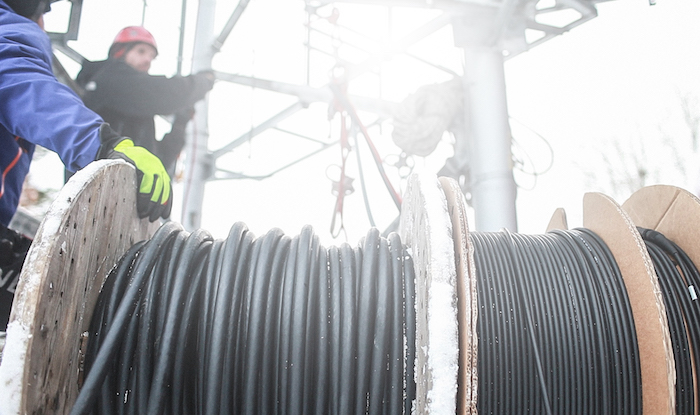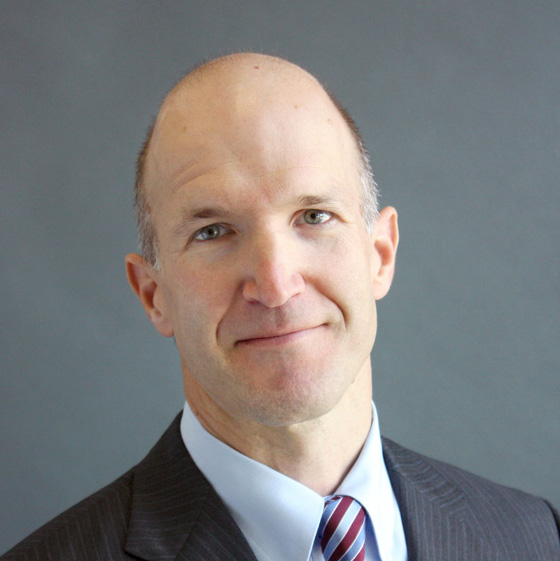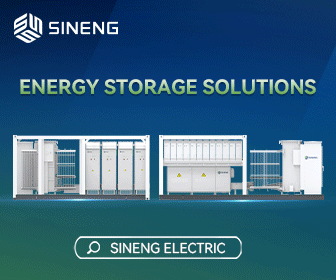Building the U.S. Power Grid of the Future
In 1882, Thomas Edison opened Pearl Street Station, the first central power plant in the United States. Originally serving just 59 customers, the plant grew to provide power to over 500 customers in two years. Since then, the U.S. power grid has expanded exponentially. According to the U.S. Energy Information Administration (EIA), the current U.S. power grid is comprised of over 7,300 power plants and 160,000 miles of high-voltage lines, serving 145 million customers throughout the country. It’s a system built on 140 years of expansion and innovation.
 After decades of underinvestment, however, the power grid is in desperate need of modernization and upgrades to prepare for the changes that are underway. Not only is the grid aging (with many assets operating past their design life), but carbon free renewable energy is rapidly replacing power generation from fossil fuels, and severe weather events are stressing the grid with ever increasing frequency. On top of this, electrification of the economy is expected to require between 40 percent and 100 percent more electricity than we currently use. Preparing for this future is a hefty undertaking that will require a massive amount of investment to keep the lights on. The domestic wire and cable industry is ramping up for the challenge. As the U.S. accelerates into the energy transition, investment and innovation within the wire and cable industry will help the U.S. power grid expand; this will enable a successful transition towards renewable energy, and a more sustainable and reliable future.
After decades of underinvestment, however, the power grid is in desperate need of modernization and upgrades to prepare for the changes that are underway. Not only is the grid aging (with many assets operating past their design life), but carbon free renewable energy is rapidly replacing power generation from fossil fuels, and severe weather events are stressing the grid with ever increasing frequency. On top of this, electrification of the economy is expected to require between 40 percent and 100 percent more electricity than we currently use. Preparing for this future is a hefty undertaking that will require a massive amount of investment to keep the lights on. The domestic wire and cable industry is ramping up for the challenge. As the U.S. accelerates into the energy transition, investment and innovation within the wire and cable industry will help the U.S. power grid expand; this will enable a successful transition towards renewable energy, and a more sustainable and reliable future.
State of reliability
In 2020, the average U.S. electricity customer experienced eight hours of service interruptions. That’s the highest average since the EIA began collecting electricity reliability data in 2013.
Extreme weather events are increasingly stressing an already overburdened grid. From hurricanes, wildfires, and droughts, to extreme heat and cold, engineering assumptions and grid planning criteria often seem obsolete. 2021 was a prime example, most notably because of Winter Storm Uri that left many in the southern U.S. without power. According to the 2022 State of Reliability Report, published by the North American Electric Reliability Corporation (NERC), February’s weather phenomenon demonstrated that a significant portion of the grid was unable to supply electrical energy during extreme weather. The concern continued into the summer, as NERC highlighted the risk of summer blackouts in many parts of the country. On top of weather concerns, NERC also cited geopolitical events, new vulnerabilities, new and changing technologies, and cyber criminals and hackers as serious concerns when it comes to grid reliability.
U.S. climate concerns
The current administration has put significant weight on reducing carbon emissions by replacing base load power plants with intermittent resources. Although power plants have been historically located near population centers, renewable resources are often located far away. In 2021, President Joe Biden announced that the United States set a goal to reach 100 percent carbon and pollution-free electricity by 2035. Both the Infrastructure Investment and Jobs Act and the Inflation Reduction Act will provide incentives for utilities and developers to ramp up investment in renewable energy resources – as well as the transmission lines to meet these goals. As the U.S. power grid accelerates the transition towards these renewable energy sources, the proper infrastructure must be in place to facilitate that shift.

Bolstering cable infrastructure
None of this is possible without wire and cable, which moves power from where it is generated to where it is needed, when it is needed. The investments in wire and cable manufacturing plants open the door for such improvements. The infrastructure we build today must serve for generations to come. In many parts of the country, one of the biggest challenges for increasing levels of renewable energy is overstressed transmission grids that are unable to accommodate more renewable resources. In fact, according to the U.S. Department of Energy, 90 percent of planned renewables cannot interconnect to the grid due to lack of capacity.
While renewable generation projects can take as little as one year to complete, transmission projects can often take a decade or more to reach full operation. Domestic wire and cable manufacturing companies are investing in their manufacturing facilities; with each dollar put in, whether to retool current plants to produce new products, or expand current facilities to accommodate more production, companies open the door for new and innovative solutions that will increase the reliability of the current grid, helping to meet future challenges.
Our energy transition is happening, and U.S. cable manufacturers are rising to the challenge. The massive electrical infrastructure expansion that is needed will require more U.S. capacity, which will create more U.S. jobs. Important building blocks include shorter supply chains to meet tight project deadlines, and innovative designs that lower cost and power losses while increasing capacity and reliability as we build the grid of the future.
 Joe Coffey is the Director of Transmission at Prysmian Group. Prysmian is expanding overhead transmission production capacity for the advanced conductors needed for a carbon free grid. He serves as a conductor subject matter expert for the DOE’s National Transmission Planning Study, and on the IEEE Standard 738 task force, which is the most widely used methodology for calculating transmission conductor ratings.
Joe Coffey is the Director of Transmission at Prysmian Group. Prysmian is expanding overhead transmission production capacity for the advanced conductors needed for a carbon free grid. He serves as a conductor subject matter expert for the DOE’s National Transmission Planning Study, and on the IEEE Standard 738 task force, which is the most widely used methodology for calculating transmission conductor ratings.
Prysmian Group North America | na.prysmiangroup.com
Author: Joe Coffey
Volume: 2022 November/December









